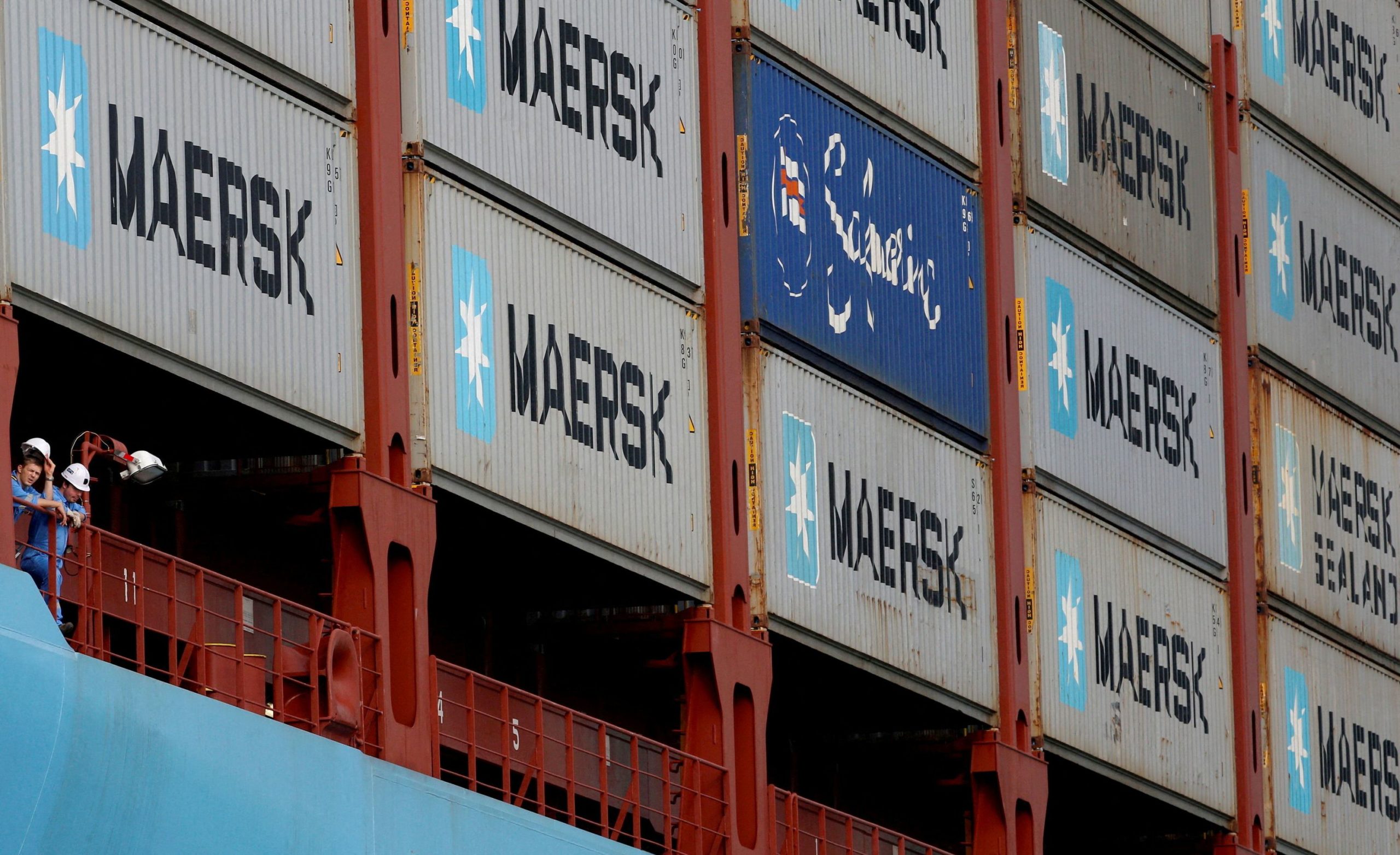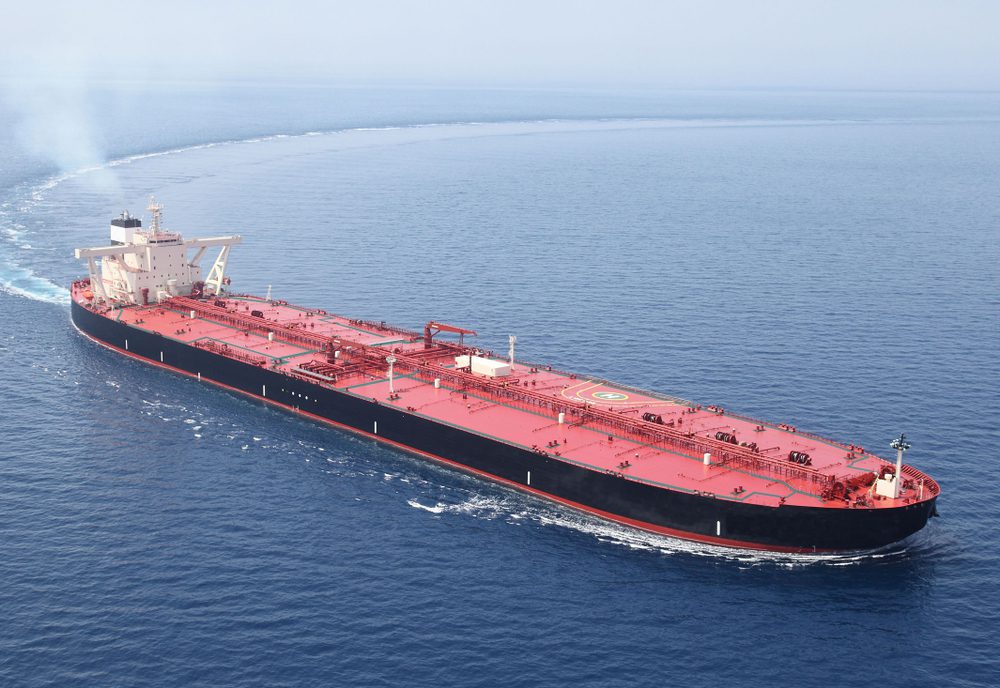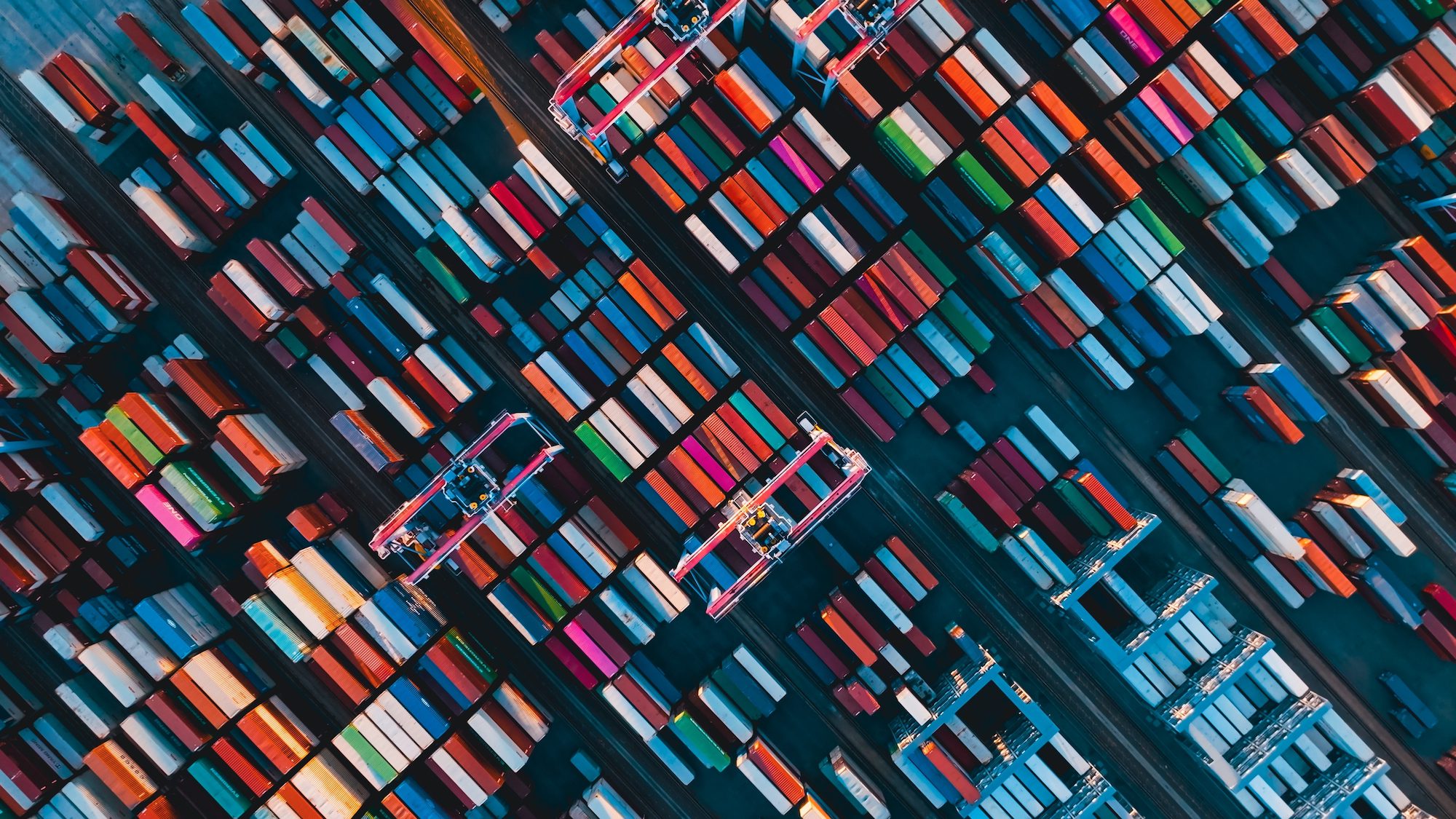A.P. Moller – Maersk announced a series of strategic initiatives to expand its operational footprint in India during India Maritime Week 2025, with plans centered on port infrastructure investments, vessel reflagging, and enhanced local partnerships.
APM Terminals Pipavav signed a Memorandum of Understanding with Gujarat Maritime Board outlining a proposed expansion with an investment scope of $2 billion (approximately ?17,000 crore). Subject to a long-term concession agreement with Indian authorities, the expansion will enhance the port’s capacity and capabilities with container and liquid cargo handling infrastructure, while strengthening multimodal connectivity with the Dedicated Freight Corridor and the national hinterland.
“This investment plan is not just about expanding Pipavav Port, it’s about unlocking new opportunities for Gujarat, for India, and for global trade,” said Jon Goldner, Chief Executive of APM Terminals Asia & Middle East. “Supporting the Hon’ble Prime Minister Shri Modiji’s vision, we are building the capacity, resilience, and sustainability needed to serve India’s economy for decades to come.”
Maersk has registered a new legal entity, Maersk Bharat IFSC Pvt. Ltd., at GIFT City IFSCA, Gujarat and flagged two vessels – Maersk Vigo and Maersk Vilnius – under the Indian flag, aligning with the growing importance of domestic tonnage for supply chain resilience.
The company is deepening its collaborations with Indian shipyards for vessel repair and maintenance activities. Multiple MoUs have been signed with different yards to explore repair, maintenance, and new-building opportunities, establish capabilities that meet international operational standards, and create opportunities for knowledge transfer and skill development.
Maersk is also exploring local manufacturing and the procurement of containers from Indian companies, working closely with partners to share technical specifications and quality requirements for procuring seaworthy containers, with the aim of establishing a domestic production roadmap.
“India possesses significant infrastructure capabilities that Maersk wishes to capitalise on,” said Ahmed Hassan, Head of Asset Strategy at A.P. Moller – Maersk. “By flagging vessels under the Indian flag, manufacturing seaworthy containers in India and engaging local yards for maintenance and repair work, we’re not just expanding our operational flexibility; we’re investing in the development of India’s maritime ecosystem and demonstrating our belief in the country’s technical capabilities.”
The initiatives align with India’s Maritime India Vision 2030, which seeks to develop world-class mega ports, transshipment hubs and modernize infrastructure at an estimated investment of 1.25 trillion rupees.
CMA CGM has also committed to India’s maritime sector by signing a letter of intent with Cochin Shipyard Limited to build six dual-fuel LNG containerships in India, marking the first time a major international container shipping company has ordered LNG vessels from an Indian shipyard. The vessels will each have a capacity of 1,700 TEUs and will be registered under the Indian flag, with deliveries scheduled between 2029 and 2031.
Nearly 95% of India’s trade by volume and around 70% by value traverses the nation’s maritime routes. Maritime India Vision 2030, launched in 2021, includes over 150 strategic initiatives to modernize ports, expand shipping capacity, and strengthen inland waterways.

 Join The Club
Join The Club











